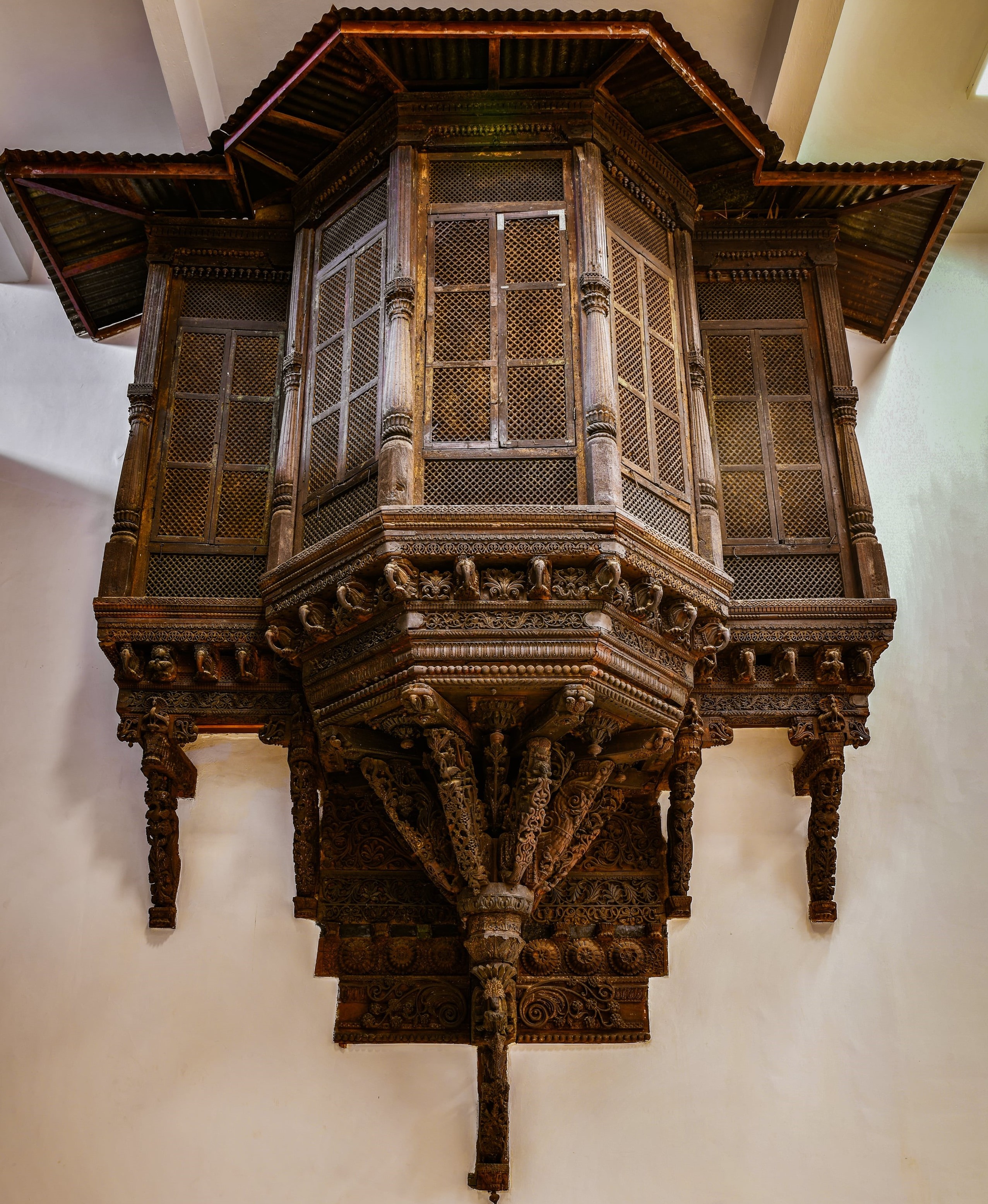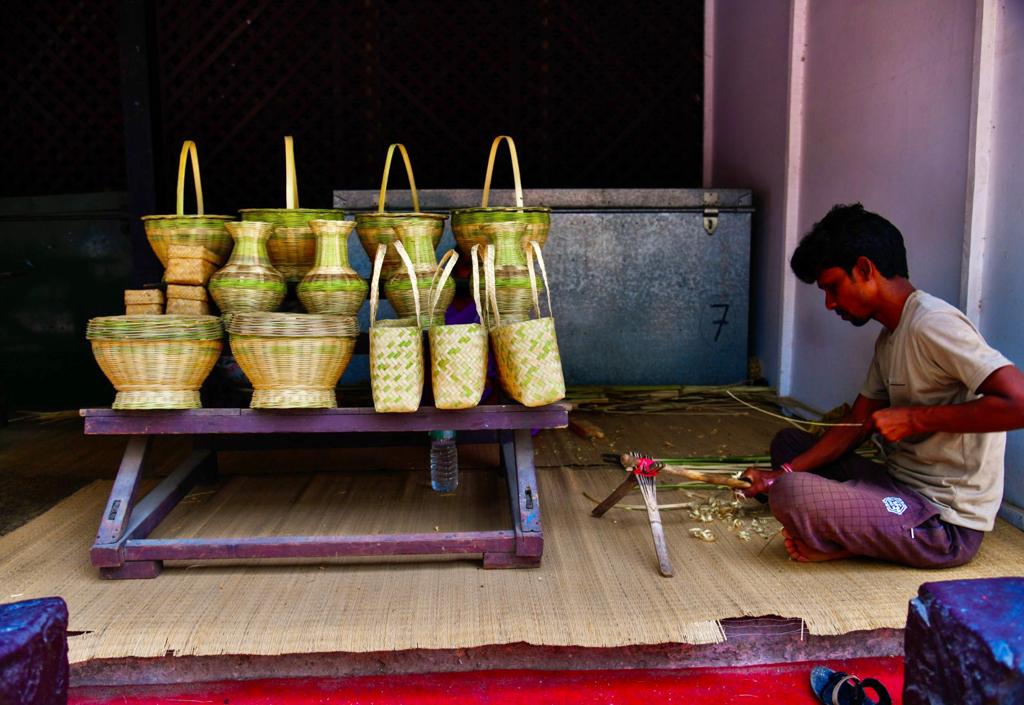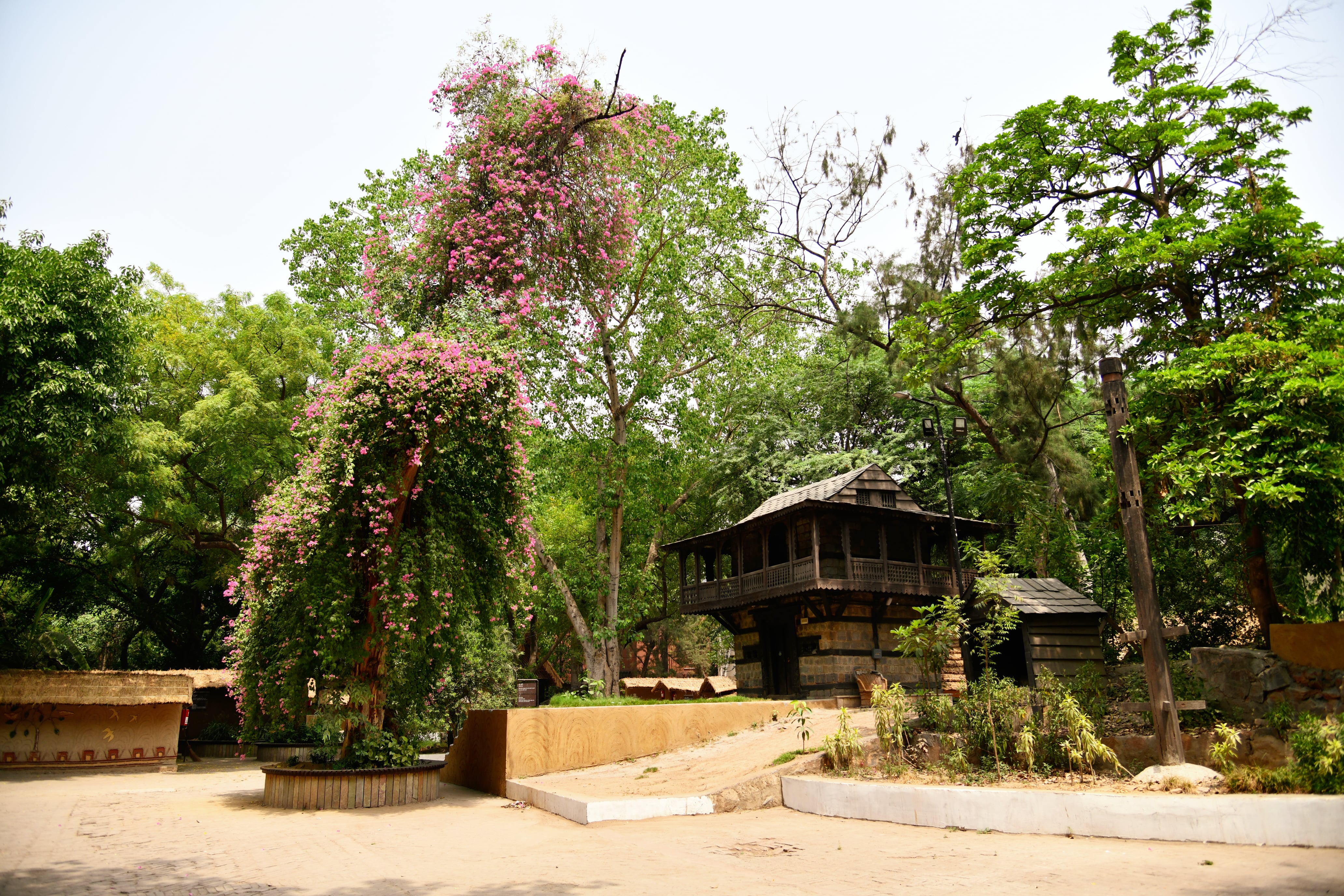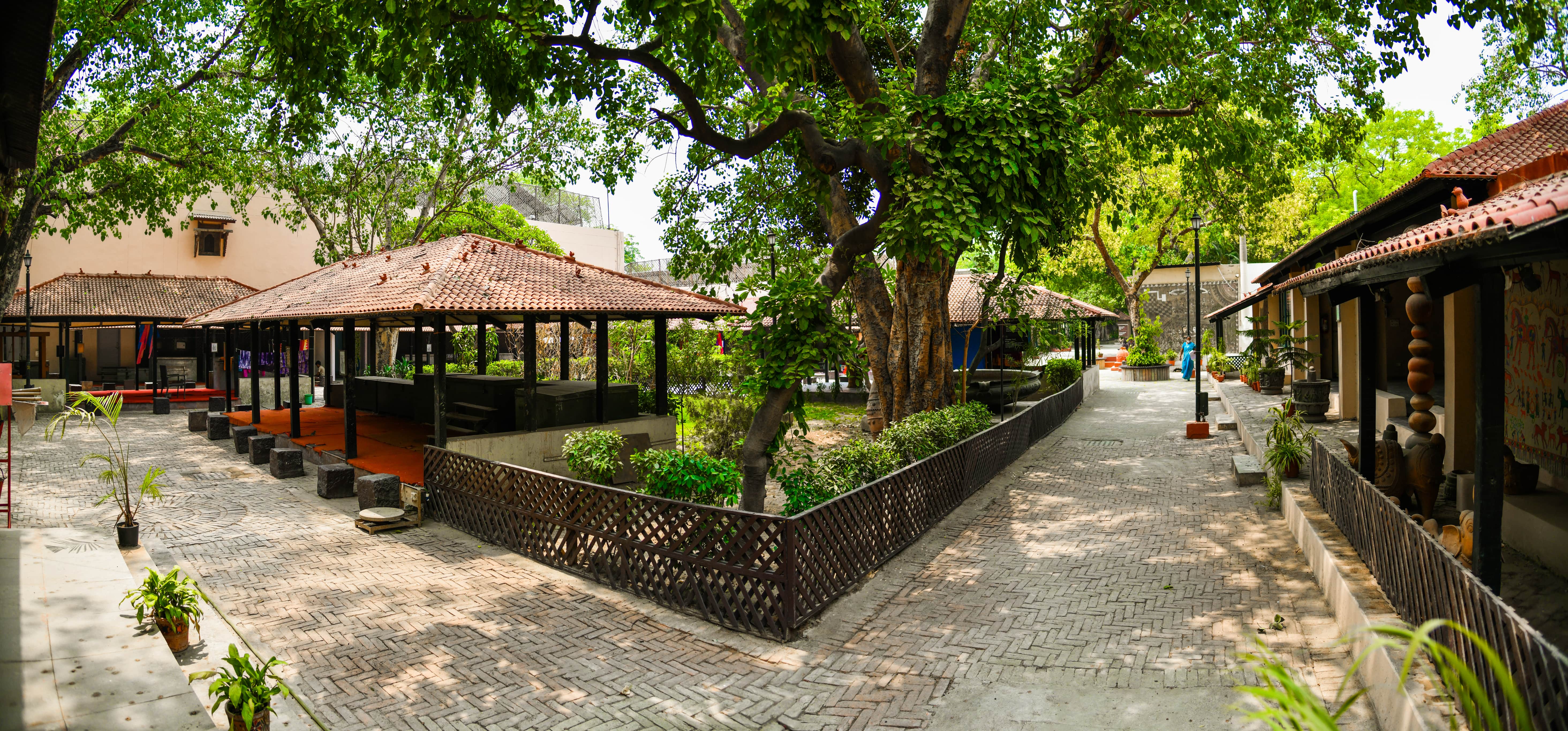A Living Museum Where Crafts Live

Architectural Marvels
The Textiles Gallery hosts an extensive collection of traditional Indian textiles, which covers the vast range of ha....

Museum Pride
The Cultic Craft Gallery features sculptures, paintings, textiles and other objects associated with the rituals of v....

Artisan At Work
The participating artisans and weavers unravel various processes, tools and techniques involved in making of a craft....

Village complex
Village Complex was set up in 1972 as Rural India Complex as a Part of Asia Trade Fair
Designed by the well –known....

CDP
Crafts demonstration programme is a monthly promotional activity of our country’s intangible cultural heritage of Ha....





